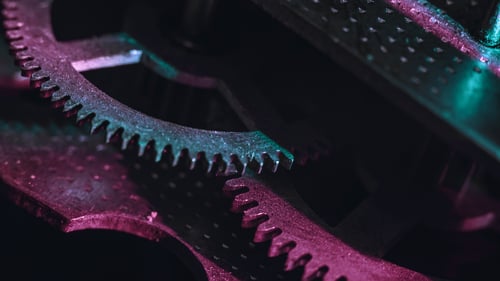The Enlarged Board of Appeal of the European Patent Office’s latest decision in joint cases G1/22 and G2/22 leads to a serious softening in the EPO's approach to assessing formal priority.
Article 87 EPC states that any person who has filed an application in a Paris Convention or WTO country, or that person’s successor in title, can claim priority to the earlier application when filing a European patent application in respect of the same invention. This “in respect of the same invention” requirement is referred to as “substantive priority” and the attribution of the right to claim priority to the person who filed the application or their successor in title is known as “formal priority”.
It has been common in proceedings before the EPO, especially opposition proceedings, for the validity of a priority claim to be challenged based on formal priority, i.e. that the person who filed the European patent application (or a PCT application that later enters the European phase) did not have the right to claim priority. This approach was perhaps most notable in the “CRISPR” case (T 844/18), where a patent related to the CRISPR gene-editing technology was revoked after the priority claim was found invalid because the subsequent patent application was filed without naming all of the applicants for the priority application as applicants for the subsequent application.
The Enlarged Board of Appeal’s decision in G1/22 and G2/22 is a significant departure from several earlier decisions of the EPO’s opposition divisions and boards of appeal, including the CRISPR decision. The Enlarged Board’s decision establishes a rebuttable presumption that a priority claim is formally valid, regardless of whether the applicants for the priority and subsequent applications are the same. The presumption is rebuttable since, in rare cases, “the priority applicant may have legitimate reasons not to allow to the subsequent applicant to rely on the priority” (G1/22 & G2/22, Reasons 108). However, the burden of proof now lies with the party alleging that the applicant for a subsequent application was not entitled to claim priority.
The decision also has implications for the EPO’s practice of requiring that any transfer of the right to claim priority to the applicant for the subsequent application be executed before the European patent application (or PCT application) is filed. With a rebuttable presumption of validity, it seems that the risk of a priority claim being found to be invalid because the right to claim priority wasn't assigned in time will be very low (if not zero) in cases where the relevant parties did in fact intend for priority to be claimed validly. Indeed, the Enlarged Board explicitly said “Even the requirement that the transfer of the right of priority needs to be concluded before the filing of the subsequent European patent application... is questionable in the Enlarged Board’s view. If there are jurisdictions that allow an ex post (“nunc pro tunc”) transfer of priority rights... the EPO should not apply higher standards” (G1/22 & G2/22, Reasons 100).
But it should be noted that national courts or the Unified Patent Court will not necessarily follow the same reasoning. It would be regrettable to see a significant divergence between EPO and national court/UPC practice on this issue, but it is not impossible. Until further certainty comes from national courts and the UPC, applicants would be wise to continue following the “joint applicant’s approach” and ensuring that assignments of the right to claim priority are executed before a PCT application or direct European patent application is filed.





